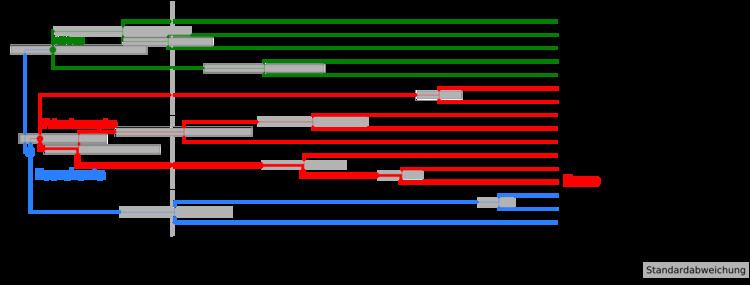Phylum Chordata Scientific name Euarchontoglires Rank Superorder | ||
 | ||
Lower classifications Primate, Rodent, Hares - pikas - an, Treeshrew, Mouse | ||
Animal rights euarchontoglires rodents rabbits monkeys apes need protection
Euarchontoglires (synonymous with Supraprimates) is a clade and a superorder of mammals, the living members of which belong to one of the five following groups: rodents, lagomorphs, treeshrews, colugos and primates.
Contents
- Animal rights euarchontoglires rodents rabbits monkeys apes need protection
- Evolutionary relationships
- Organization
- References

Evolutionary relationships
The Euarchontoglires clade is based on DNA sequence analyses and retrotransposon markers that combine the clades Glires (Rodentia + Lagomorpha) and Euarchonta (Scandentia + Primates + Dermoptera). So far, few if any anatomical features that support Euarchontoglires have been recognized, nor does any strong evidence from anatomy support alternative hypotheses.
Euarchontoglires is now recognized as one of the four major subclades within the clade Eutheria (i.e., placentalia (placental mammals)), and it is usually discussed without a taxonomic rank but has been regarded as a cohort, magnorder, or superorder. Relations among the four cohorts (Euarchontoglires, Xenarthra, Laurasiatheria, Afrotheria) and the identity of the placental root, remain controversial.
Euarchontoglires probably split from the Laurasiatheria sister group about 85 to 95 million years ago, during the Cretaceous, and developed in the Laurasian island group that would later become Europe. This hypothesis is supported by molecular evidence; so far, the earliest known fossils date to the early Paleocene. The clade of Euarchontoglires and Laurasiatheria is recognized as Boreoeutheria. Both Euarchontoglires and diprotodont marsupials are documented to possess a vermiform appendix, although this evolved as a result of convergent evolution.
Organization
The hypothesized relationship among the Euarchontoglires is as follows:

One study based on DNA analysis suggests that Scandentia and Primates are sister clades, but did not discuss the position of Dermoptera. Although it is known that Scandentia is one of the most basal Euarchontoglire clades, the exact phylogenetic position is not yet considered resolved, and it may be a sister of Glires, Primatomorpha or Dermoptera or to all other Euarchontoglires. Recent studies place Scandentia as sister of the Glires, invalidating Euarchonta.
